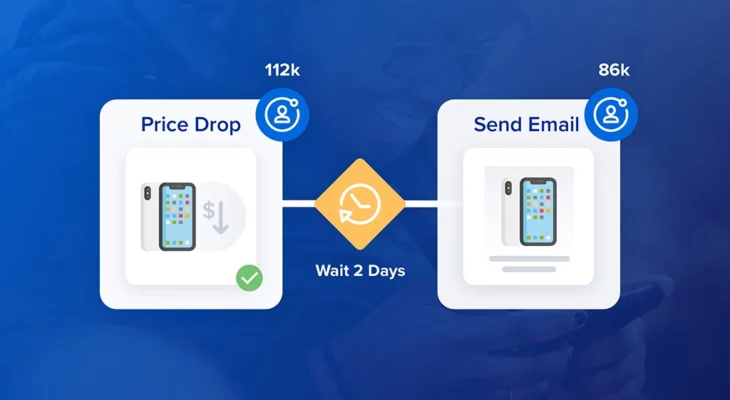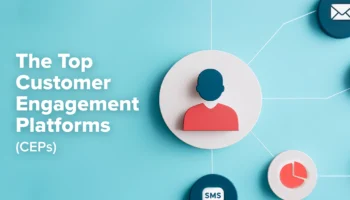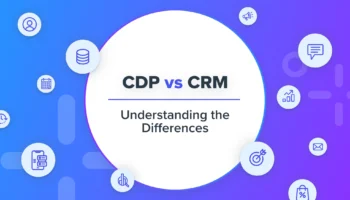Time and time again, consumers have proven that they love (and will spend more for) agile experiences. Businesses who win over the most customers and keep them purchasing over and over are often the ones who react to consumers’ demands, wants, and needs with triggered messaging and instant experiences.
The need for speed is made even more apparent when we consider that we’re all living in the era of instant gratification. Consumer favorites like Netflix and Amazon have continually reduced barriers and lowered time-to-enjoyment: movies which once required a trip to a local store can be accessed in seconds and hard to find goods which might’ve taken weeks to locate now arrive at your door in two days or fewer. But, the obvious barrier for most marketers is that not all of us have Amazon level budgets and Netflix sized teams — so, how does the average marketer deliver on these expectations?



